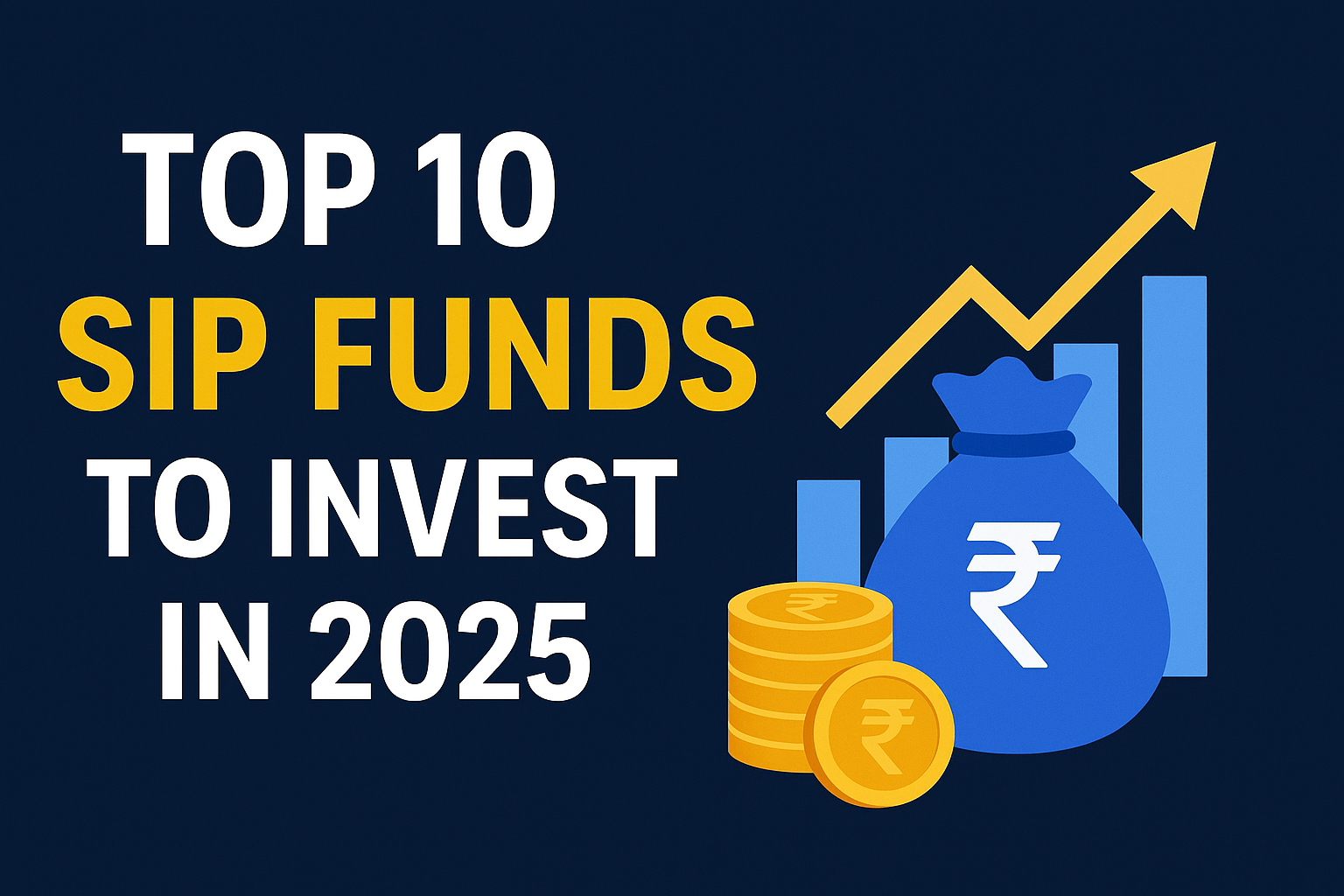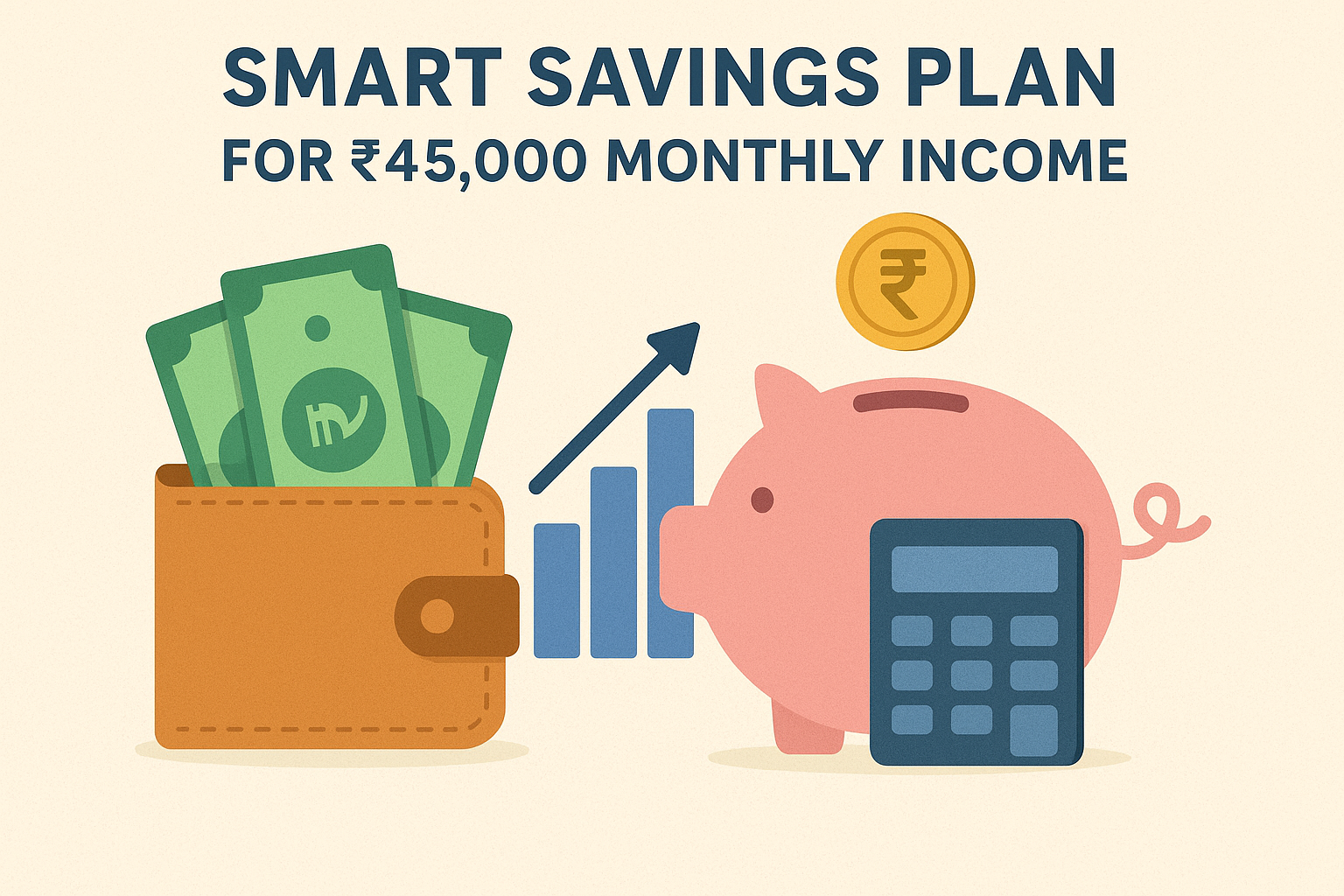Financial planning is an essential part of every salaried professional’s life. With expenses rising and markets evolving, investing your hard-earned money wisely can help you achieve long-term financial goals. Whether you want to save taxes, create wealth, or plan for retirement, 2025 offers several investment opportunities suited to every type of investor.
Let’s explore the top investment plans in India that salaried professionals should consider this year.
- Public Provident Fund (PPF)
The Public Provident Fund remains one of the most trusted long-term investment options for employees. It is a government-backed scheme that offers stable and tax-free returns.
Tenure: 15 years (extendable in blocks of 5 years)
Interest rate (2025): Around 7.1% per annum
Tax benefit: Eligible for deduction under Section 80C, and the entire maturity amount is tax-free.
✅ Ideal for: Individuals looking for guaranteed returns and long-term financial security.
❌ Limitation: Long lock-in period and limited liquidity.
- Employee Provident Fund (EPF)
For salaried individuals, the Employee Provident Fund is a compulsory savings tool that builds a retirement corpus over time. Both employer and employee contribute a fixed percentage of the basic salary each month.
Contribution: 12% of basic salary each from employee and employer
Interest rate (2025): Around 8.25% per annum
Tax benefit: Contributions qualify for Section 80C deduction.
✅ Ideal for: Retirement planning and long-term disciplined savings.
❌ Limitation: Partial withdrawals are allowed only under specific conditions.
- Equity Linked Savings Scheme (ELSS)
The Equity Linked Savings Scheme (ELSS) is a mutual fund category that combines tax-saving benefits with the potential for high returns. Since the funds are invested in equities, they can deliver better growth over time.
Lock-in period: 3 years (shortest among all tax-saving options)
Expected returns: 10–15% annually (market-linked)
Tax benefit: Up to ₹1.5 lakh deduction under Section 80C.
✅ Ideal for: Young professionals with a long investment horizon.
❌ Limitation: Returns are subject to market fluctuations.
- National Pension System (NPS)
The National Pension System is a government-regulated retirement savings plan that allows you to invest in a mix of equity, corporate bonds, and government securities.
Tax benefits:
Up to ₹1.5 lakh under Section 80CCD(1)
Additional ₹50,000 under Section 80CCD(1B)
Returns: 9–13% depending on asset allocation and market performance.
✅ Ideal for: Building a retirement fund with extra tax advantages.
❌ Limitation: Limited liquidity; withdrawal possible only at retirement age.
- Fixed Deposits (FDs)
Fixed Deposits are traditional yet reliable investment options for those who prefer safety and predictability. Many banks also offer tax-saving FDs with a fixed lock-in period.
Interest rate (2025): 6.5%–8%
Tenure: 7 days to 10 years
Taxation: Interest income is taxable under “Income from Other Sources.”
✅ Ideal for: Risk-averse investors seeking guaranteed returns.
❌ Limitation: Interest is taxable and may not beat inflation over time.
- National Savings Certificate (NSC)
The National Savings Certificate is a post-office savings scheme designed for conservative investors. It provides assured returns and qualifies for tax deductions.
Tenure: 5 years
Interest rate (2025): Around 7.7% per annum
Tax benefit: Up to ₹1.5 lakh under Section 80C.
✅ Ideal for: Medium-term investors preferring stable returns.
❌ Limitation: Interest earned is taxable.
- Mutual Funds (Non-ELSS)
Beyond ELSS, you can invest in equity or debt mutual funds based on your risk appetite. Through Systematic Investment Plans (SIPs), even small monthly contributions can grow significantly over time.
Expected returns:
Equity Funds: 10–16%
Debt Funds: 6–9%
Investment flexibility: Start with as little as ₹500 per month.
✅ Ideal for: Salaried professionals aiming for long-term wealth creation.
❌ Limitation: Market-linked risks and fluctuating short-term performance.
- Bonds, Corporate Deposits, and G-Secs
Bonds, corporate deposits, and government securities (G-Secs) are safe fixed-income investments that provide stable returns and capital protection. They are suitable for diversification and regular income.
✅ Ideal for: Investors looking for predictable returns with minimal risk.
❌ Limitation: Lower returns compared to equity-based options.
- Sukanya Samriddhi Yojana (SSY)
For parents of a girl child, the Sukanya Samriddhi Yojana is one of the best government savings schemes. It offers attractive interest rates and full tax exemption.
Interest rate (2025): Around 8.2% per annum
Tax benefit: Deduction under Section 80C; maturity amount is tax-free.
Lock-in: Until the girl reaches 21 years of age.
✅ Ideal for: Parents saving for their daughter’s higher education or marriage.
❌ Limitation: Scheme available only for a girl child.
- Real Estate and REITs
Real estate remains a strong investment choice for salaried professionals who want to create long-term wealth. However, modern alternatives like Real Estate Investment Trusts (REITs) allow investors to participate in the real estate market without owning property.
✅ Ideal for: Long-term investors seeking diversification and inflation protection.
❌ Limitation: Requires higher capital and may involve market risks.
How to Build an Ideal Investment Portfolio
To make the most of your salary, divide your investments across different asset classes according to your risk tolerance:
Investor Type Equity / Mutual Funds Debt / Fixed Income Government Schemes Emergency Fund
Conservative 20% 60% 15% 5%
Balanced 40% 30% 25% 5%
Aggressive 70% 15% 10% 5%
A diversified approach helps balance risk and return, ensuring steady growth over time.
Final Thoughts
Choosing the best investment plan in 2025 depends on your income, financial goals, and comfort with risk. A balanced mix of PPF, NPS, ELSS, and SIP-based mutual funds can provide both growth and stability.
Remember, consistency is the real key to wealth creation. Start early, invest regularly, and review your portfolio every year to stay aligned with your goals. In investing, time in the market is more important than timing the market.






